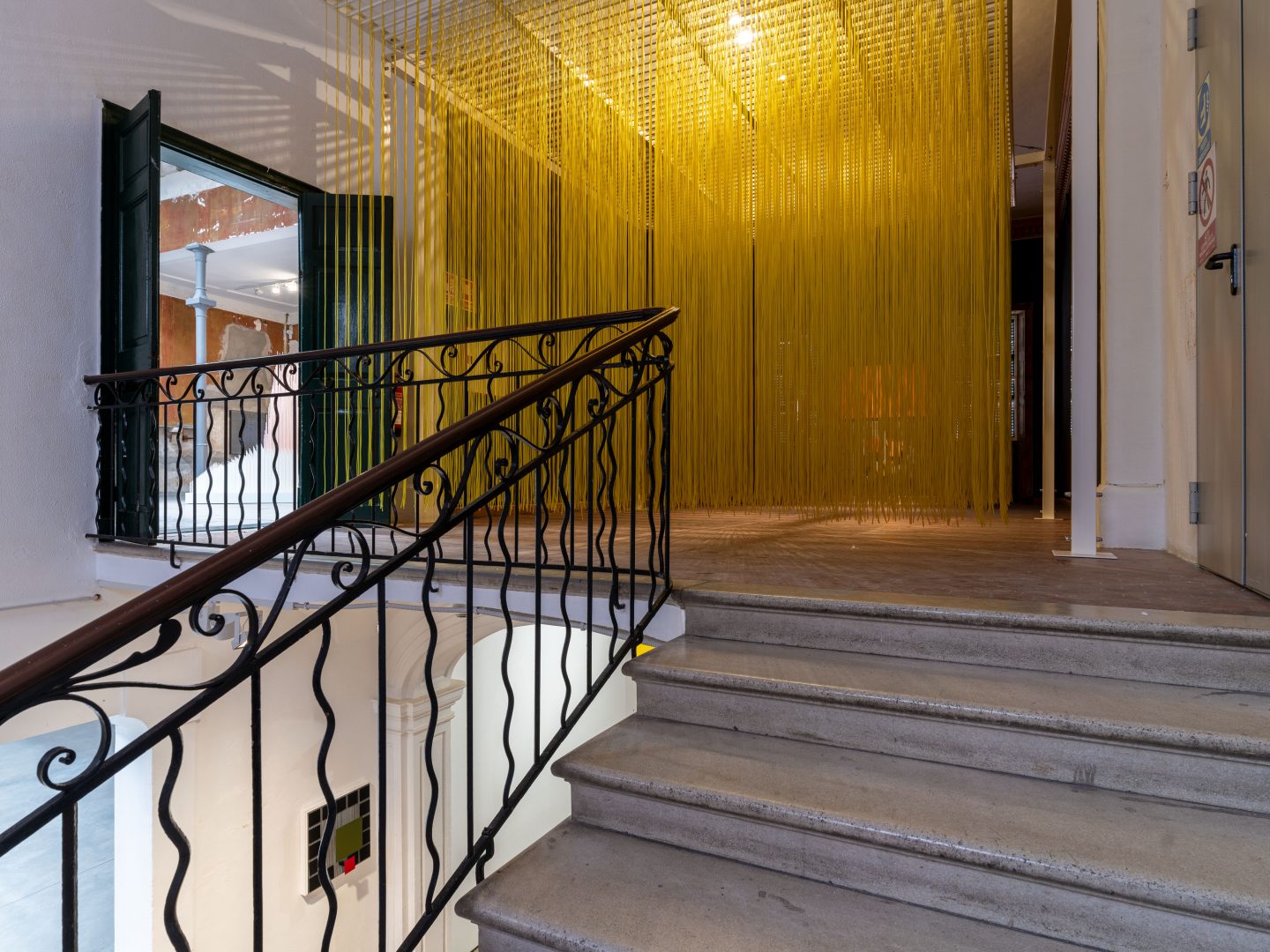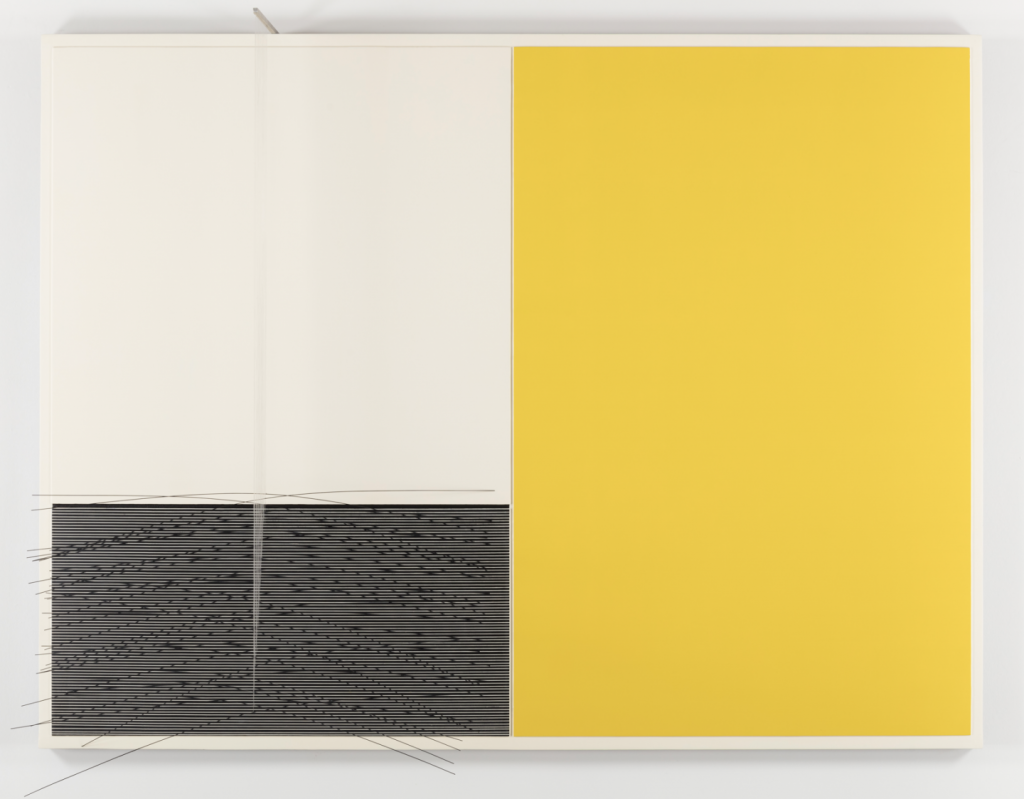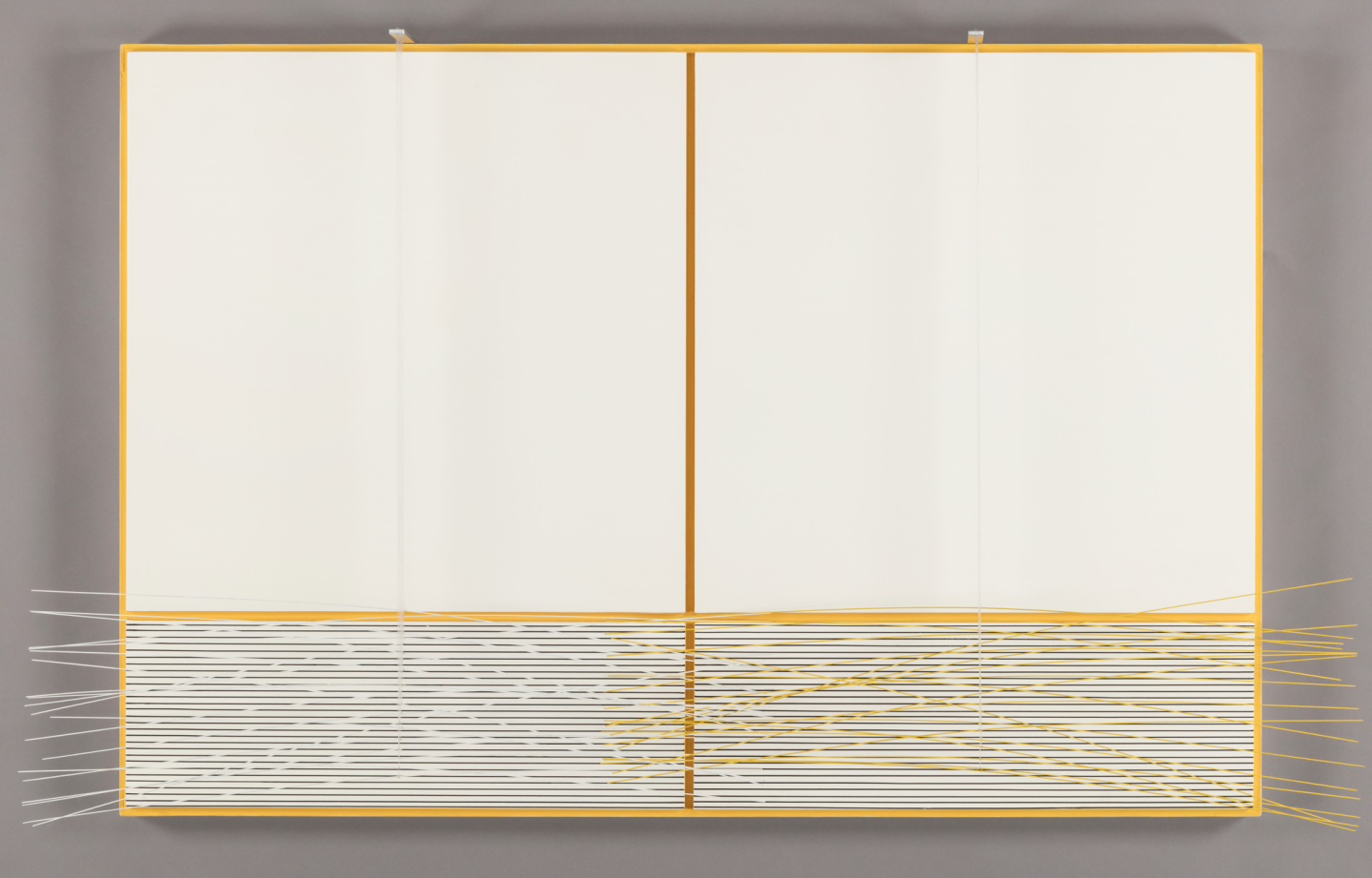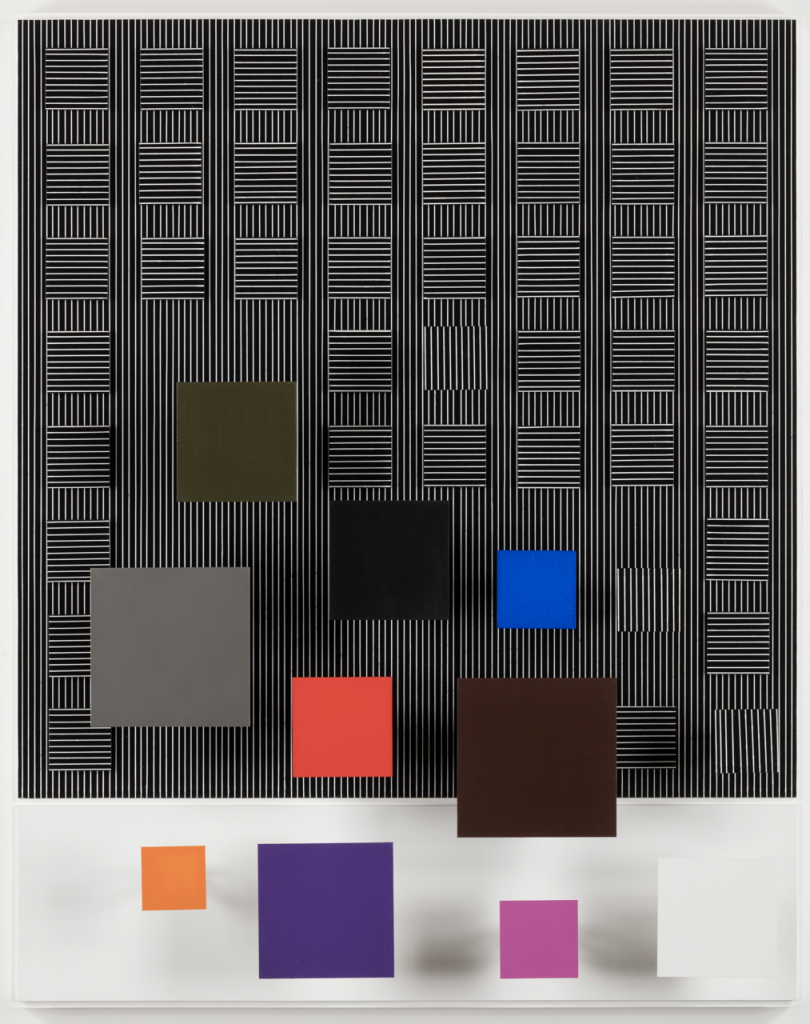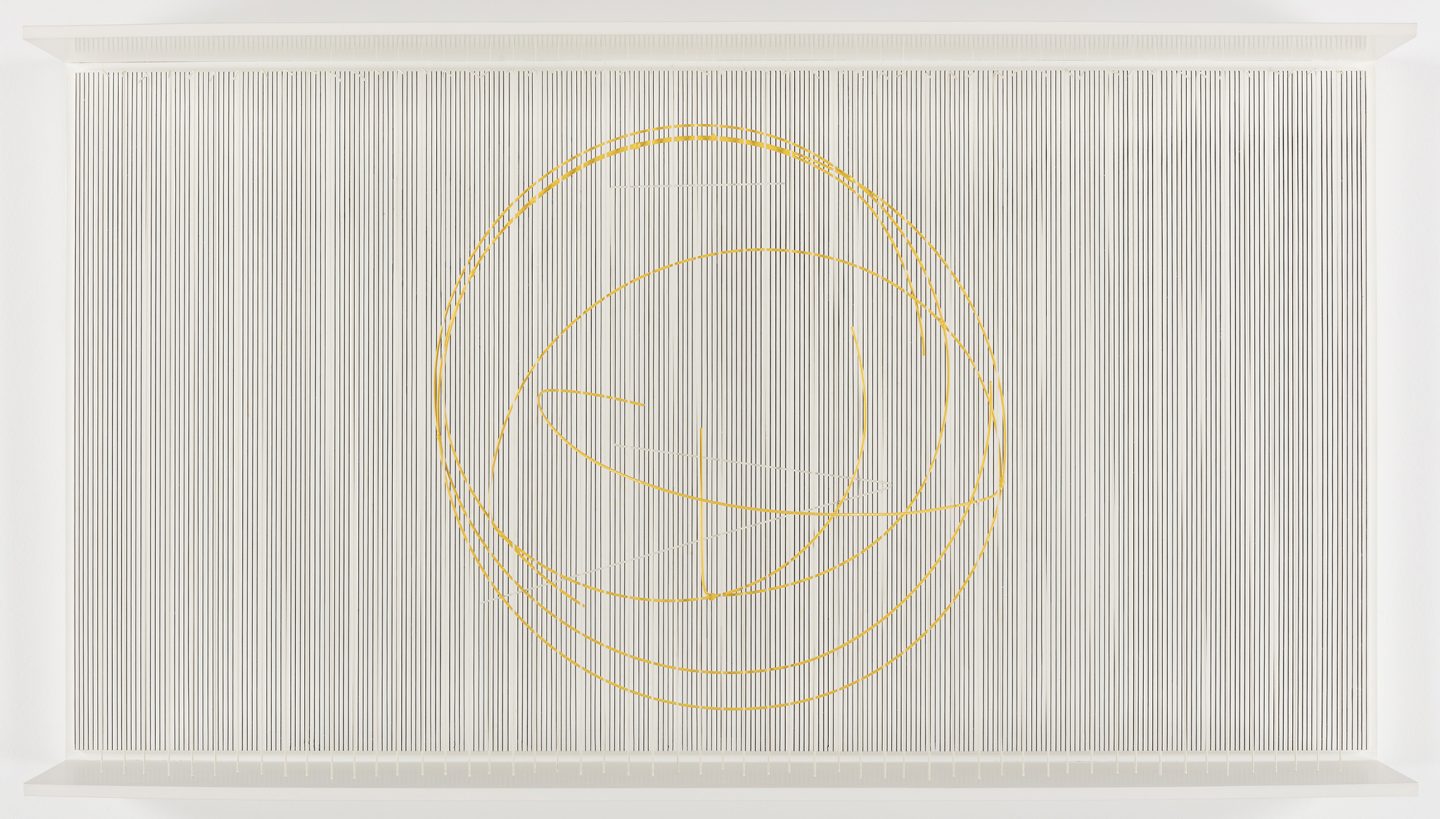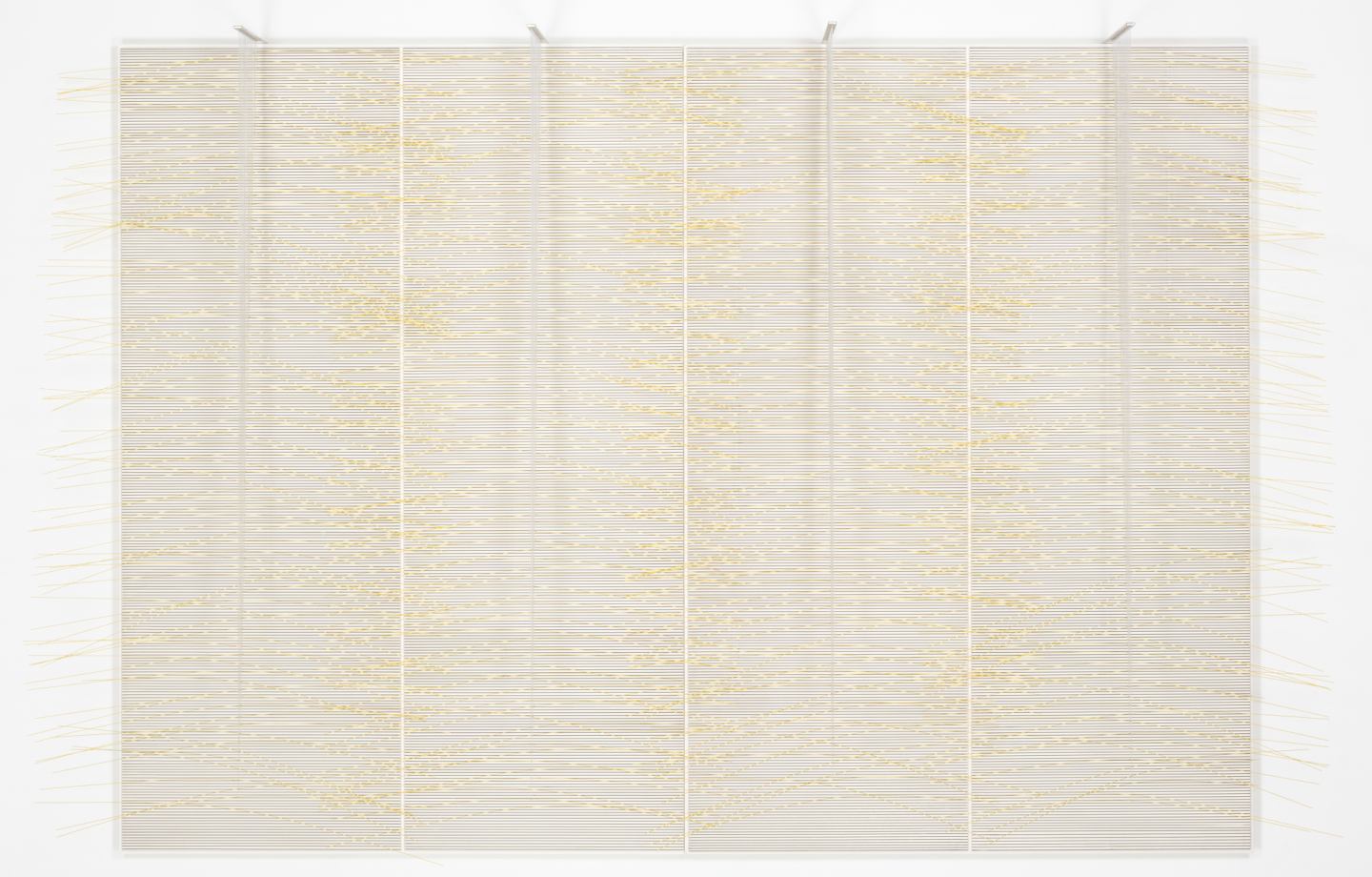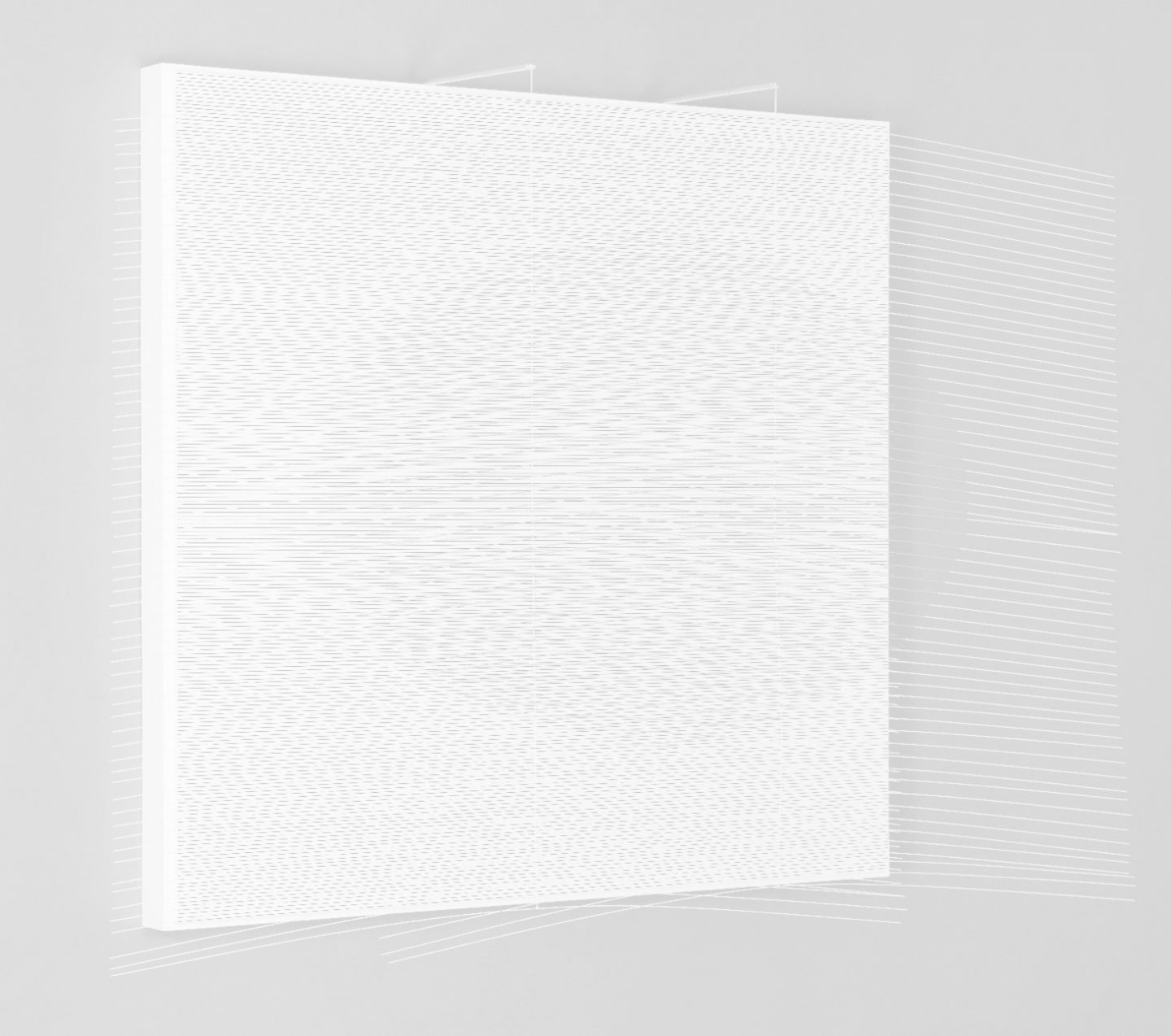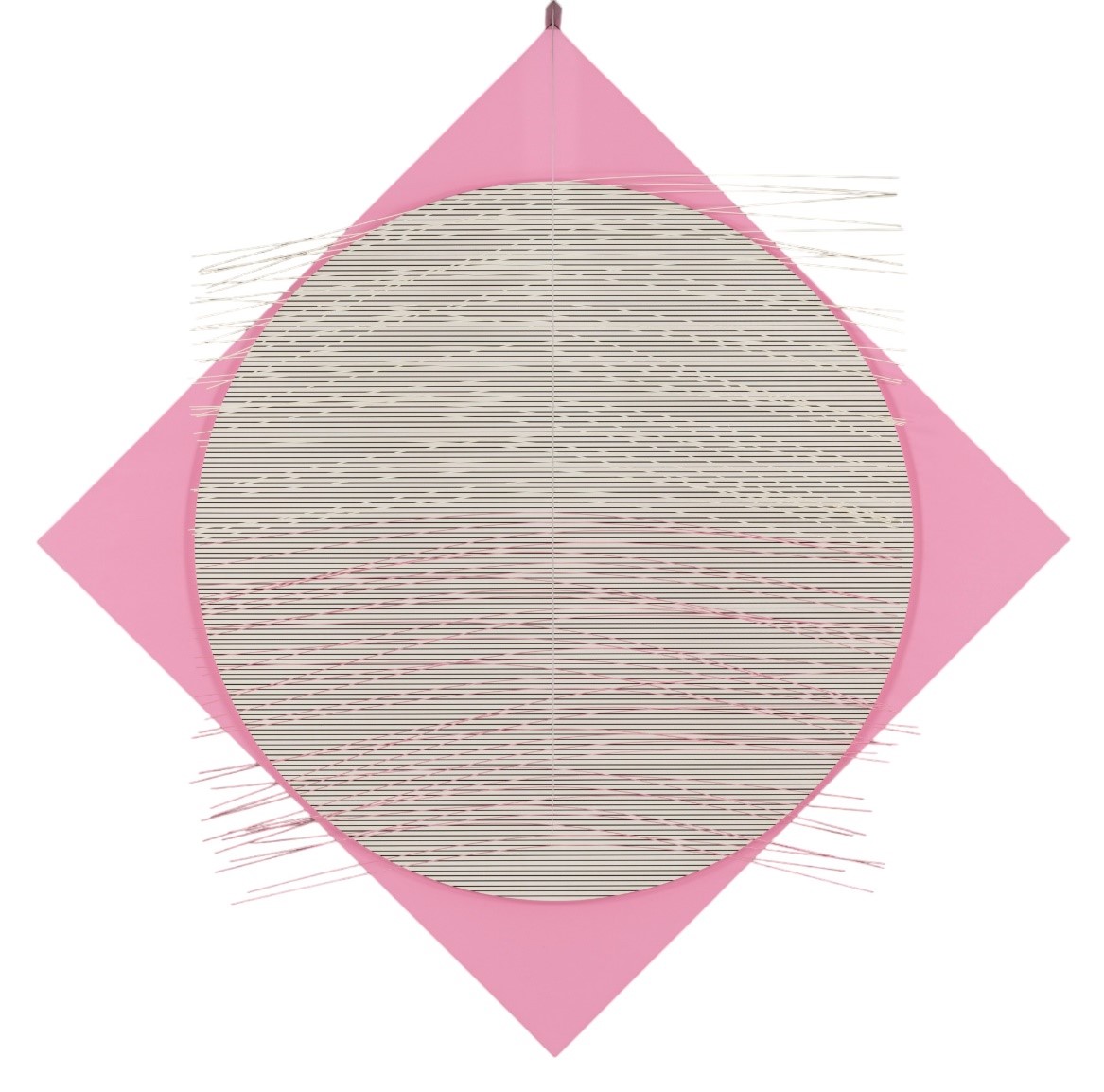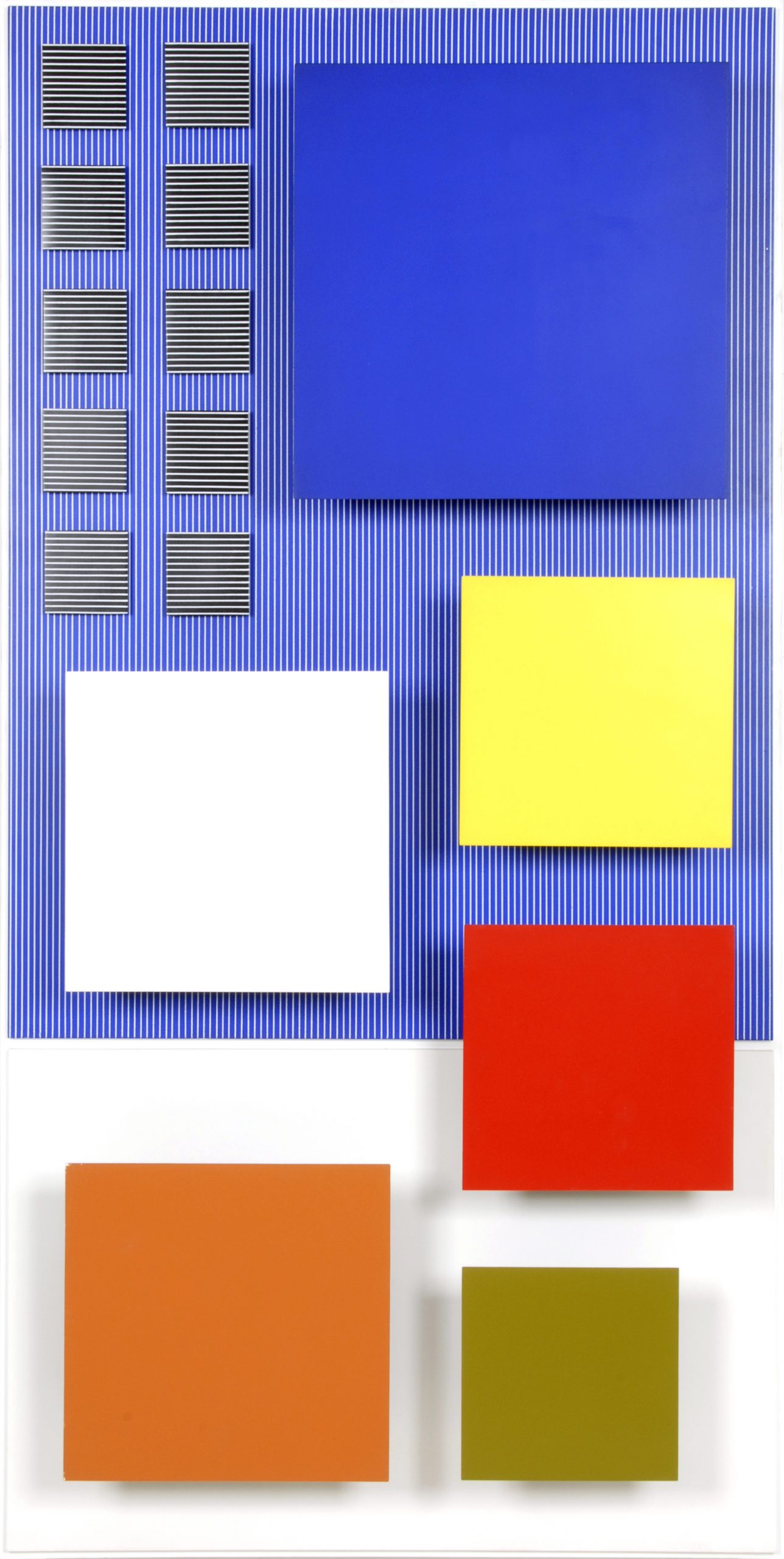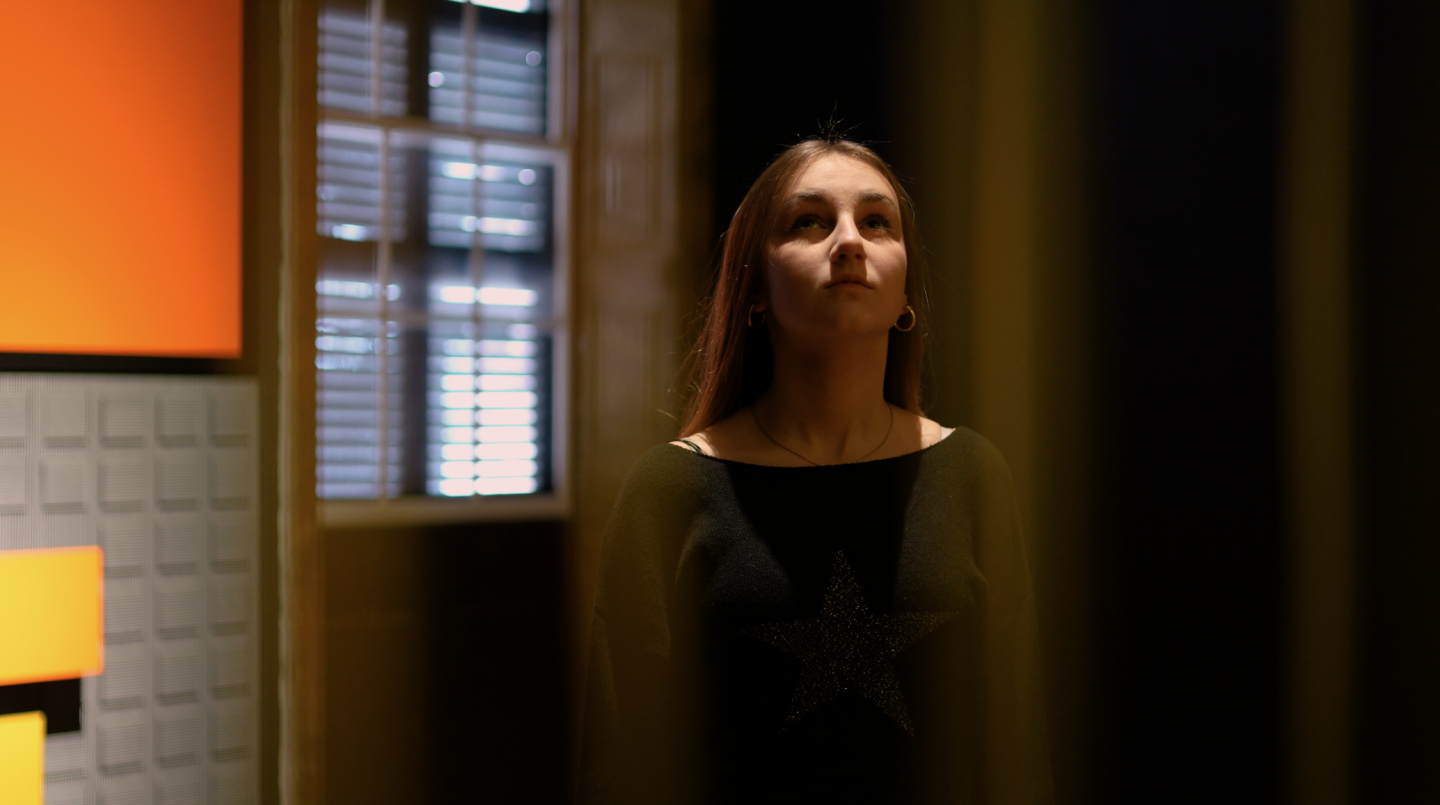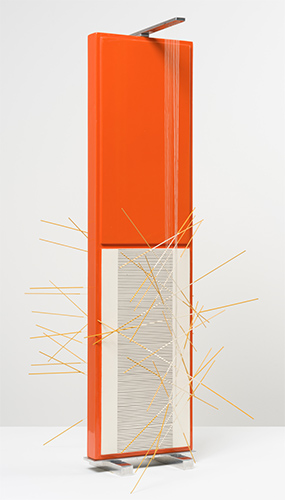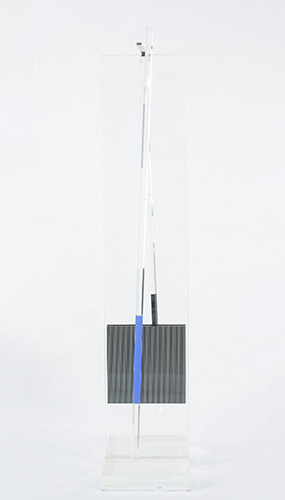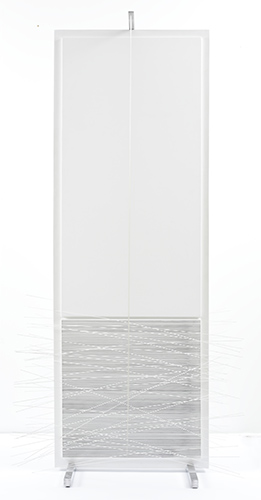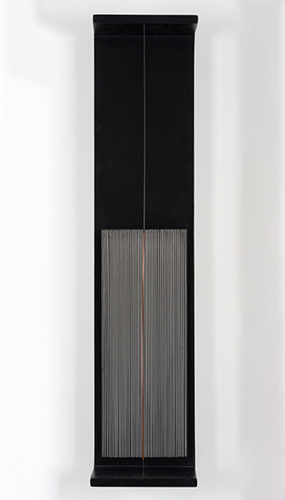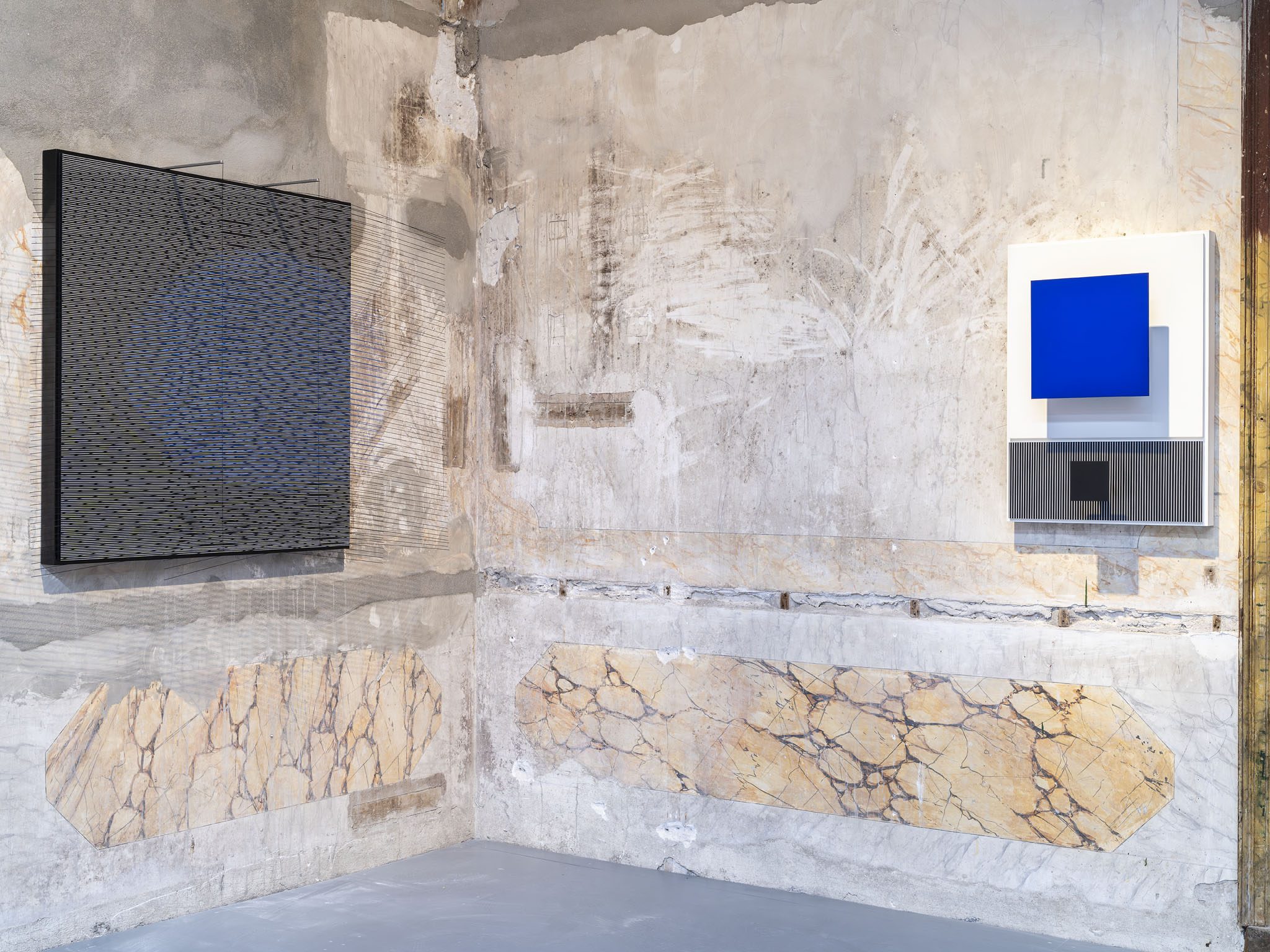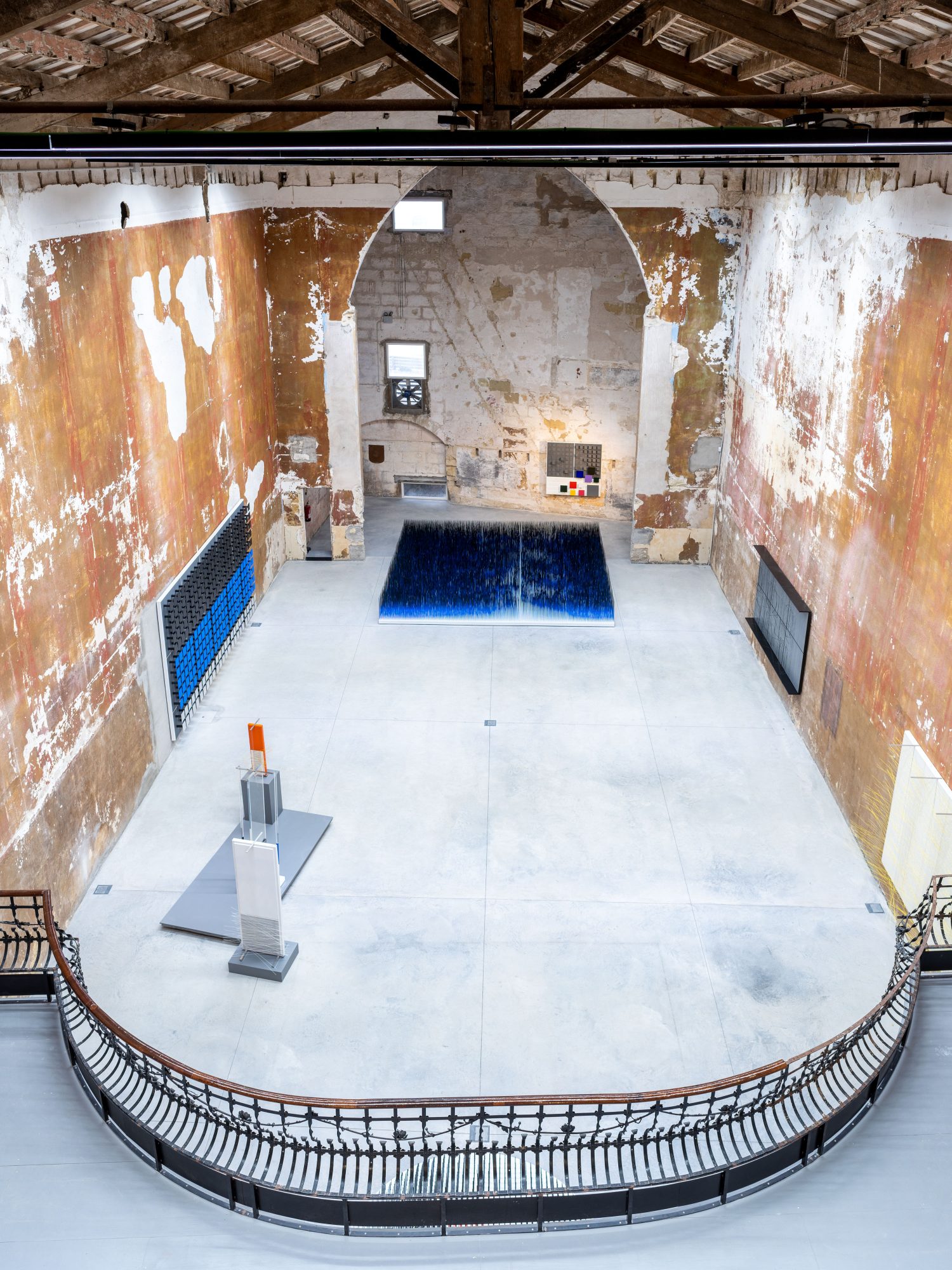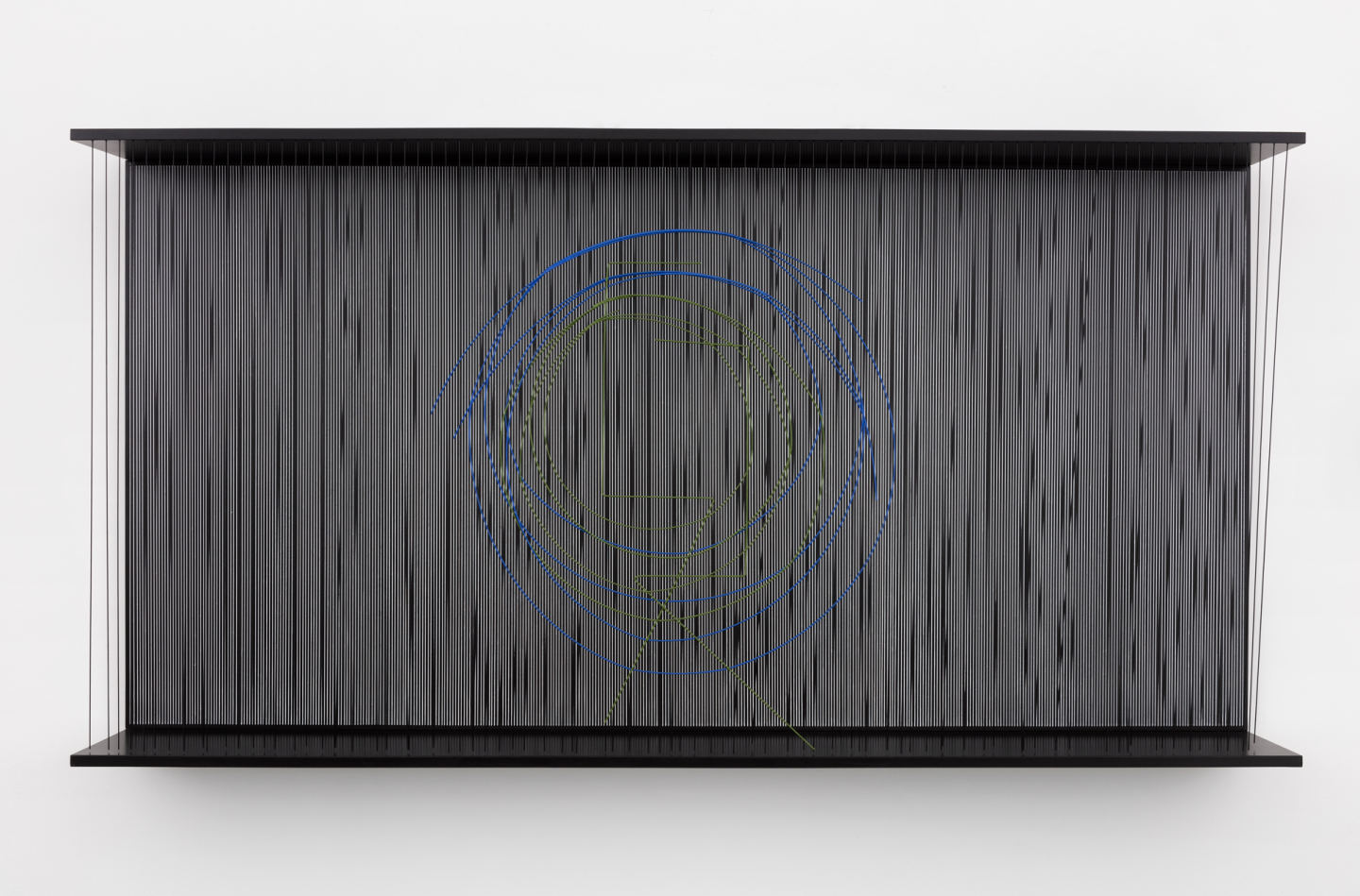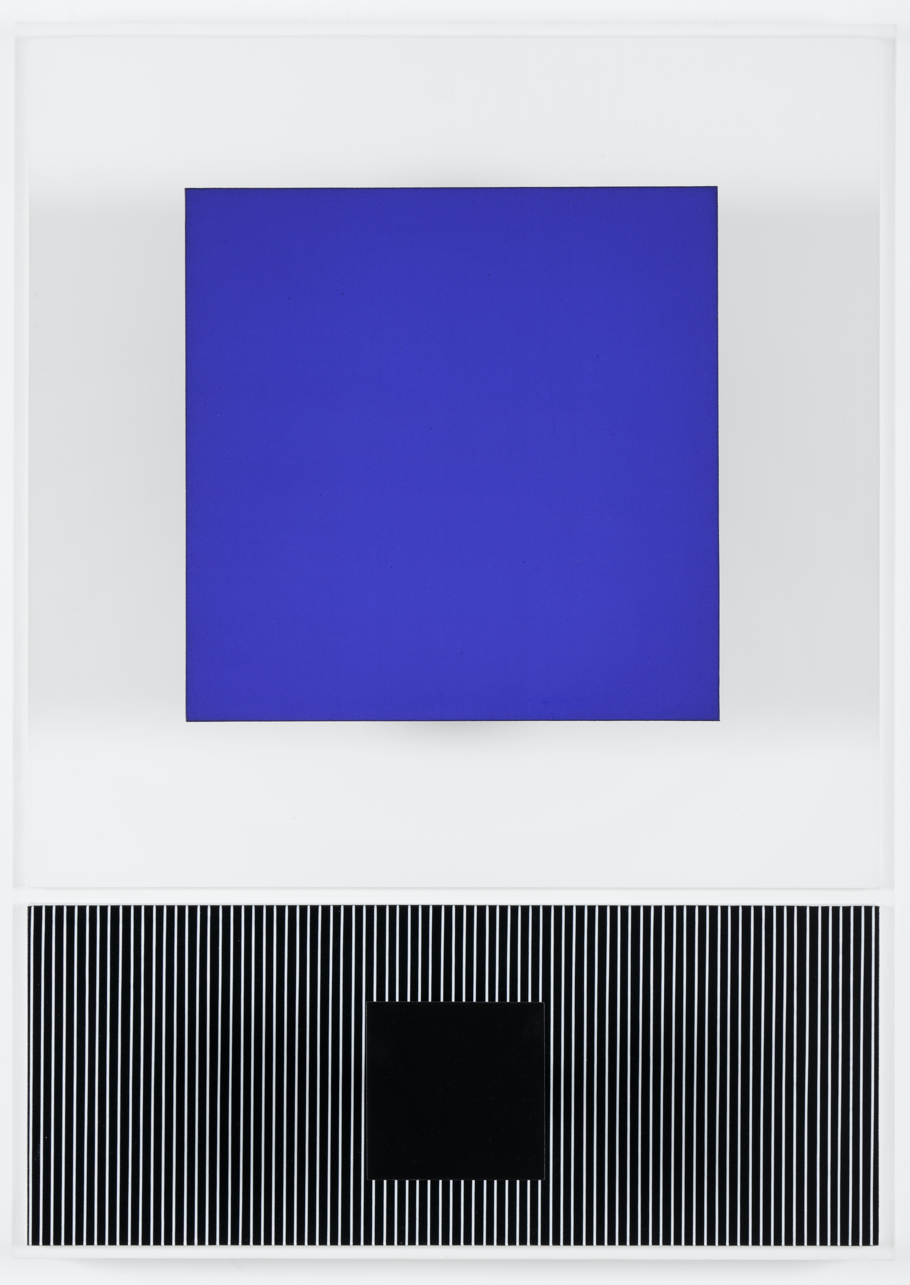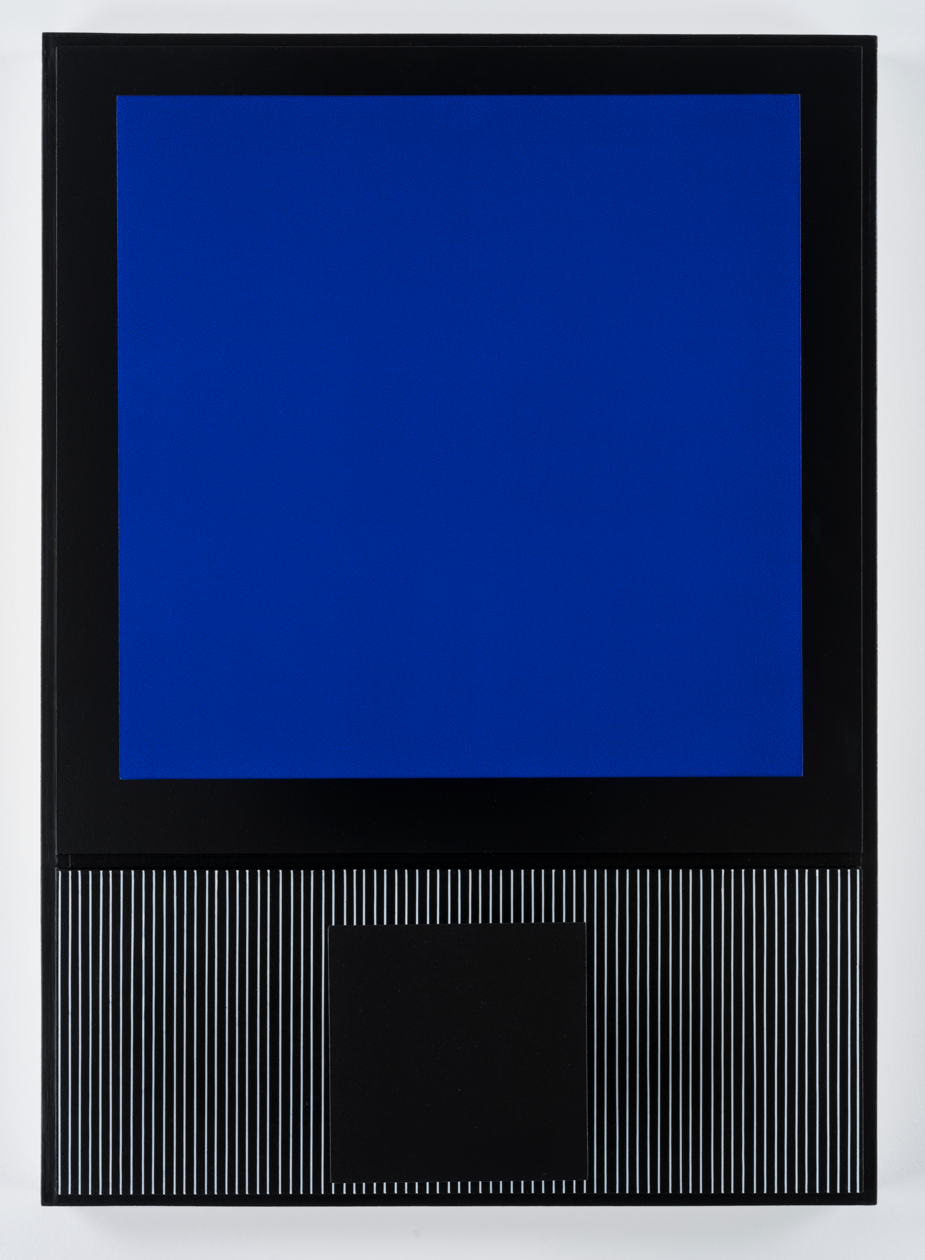Menorca
Menorca
Cayón is pleased to announce, in our historic space in Menorca, an exhibition of Soto (1923-2005). With over forty works spanning the creator’s work from 1951 to 2004, we will present one of the most ambitious exhibitions dedicated to his career organized in recent years.
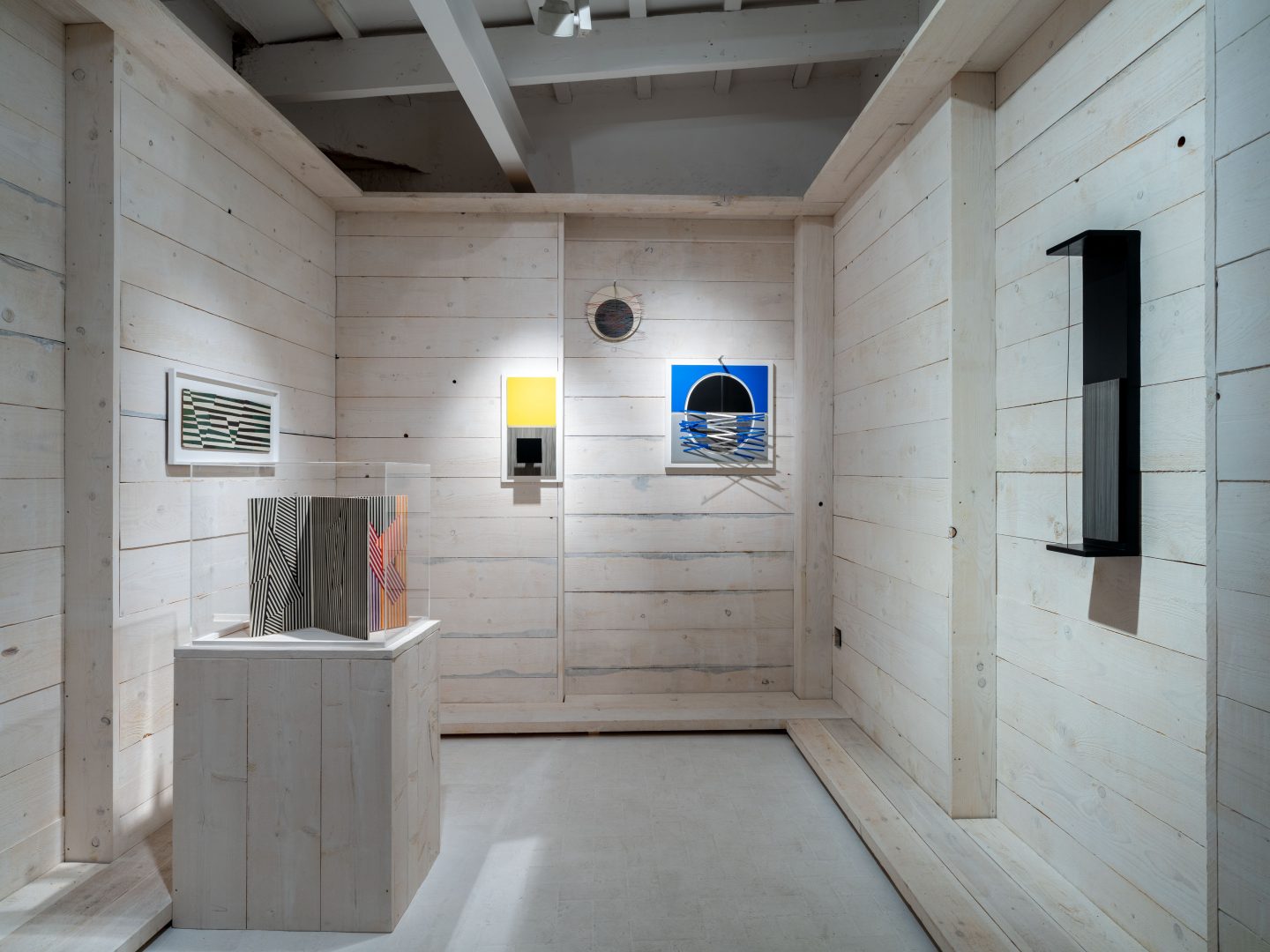
Throughout his career, which spanned five decades, Soto played a key role in redefining the concept of artwork. Breaking with the conventional separation between painting and sculpture, his practice progressively moved beyond the visual realm, becoming emblematic of the radical shift that the artistic object would undergo in the years to come.
Transcending the optical research of his early work, Soto began to show an interest in geometric art and constructivism from the outset, concepts that were gaining traction in Europe at the time. Soon, in Paris — where he developed much of his oeuvre after relocating to the French capital in 1950 — he exhibited at the Salon des réalités nouvelles and met key figures such as Vasarely, Yves Klein, Jean Tinguely, and Alexander Calder. He quickly became a member of the first group of kinetic artists, participating in the renowned “Le mouvement” exhibition at the Denise René Gallery in 1955. It was in this context that, over time, he delved into the exploration of three-dimensional space.
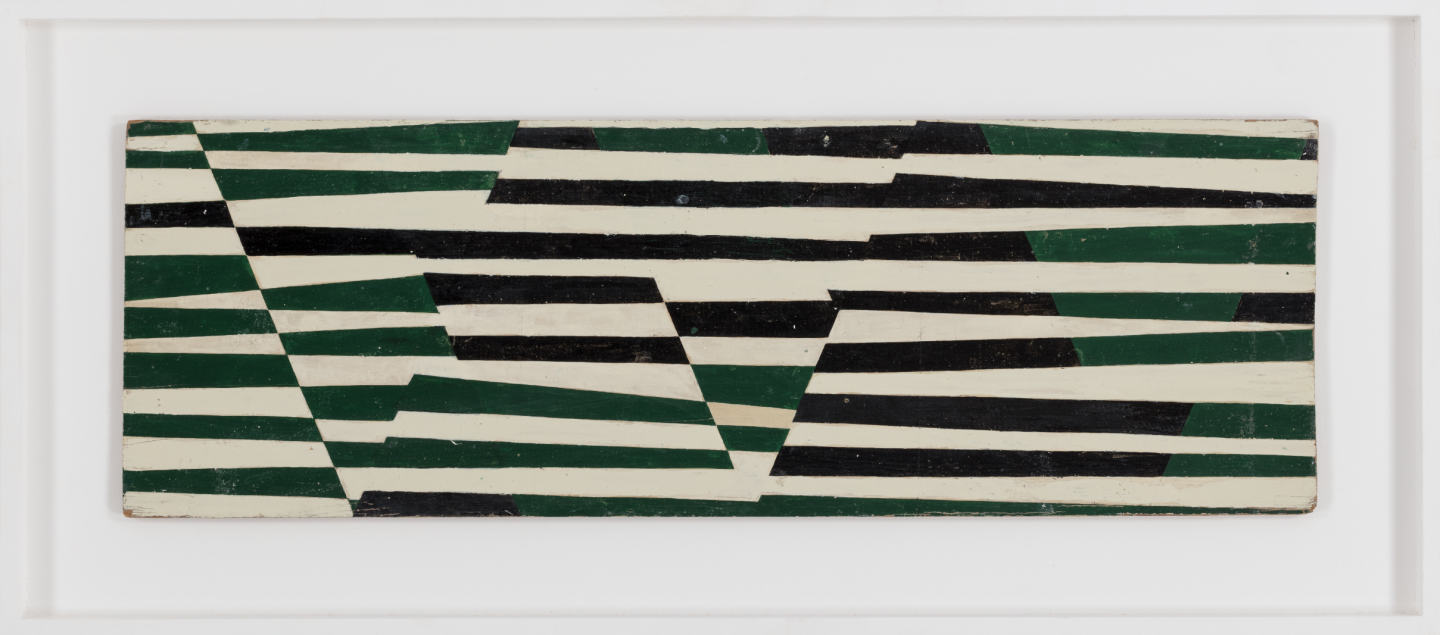
Maquette de “Mur optique” 1951. (SO162)
his exhibition, which provides the ideal example of a carefully curated retrospective, is structured around the concept that the artist defended regarding the aesthetic experience in terms of temporality, intensity, and the viewer’s participation. It aims to offer an opportunity to reexamine the trajectory of a visionary figure who transformed the art world in the second half of the 20th century.
Thus, one will be able to see the evolution from his early Parisian works, which reflect his concern with creating surfaces of visual dynamism based on color, geometric form, and the form-background ambiguity, as seen in Maquette de Mur optique (1951).
Despite this, Soto sought to go beyond the two-dimensional representation in order to introduce movement. Following this approach, Soto created his first works called Vibration, pieces consisting of tangled metal threads on a striped surface (the mesh), thereby creating the “moiré” effect—treating space as a simplification of the tangible, as a plastic material. A clear example of this is Structure Blanche (1960), undoubtedly one of the most special works in the exhibition.
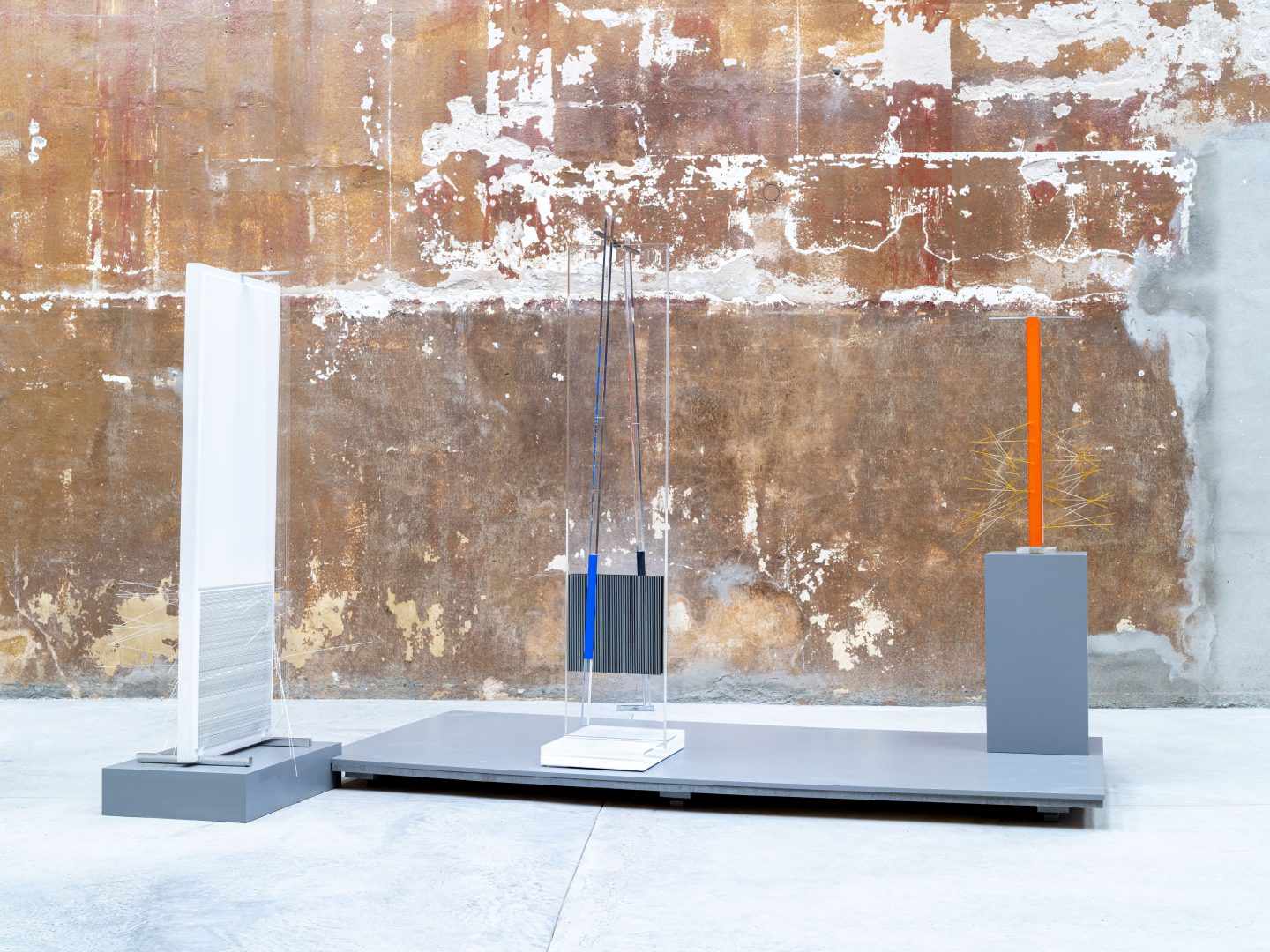
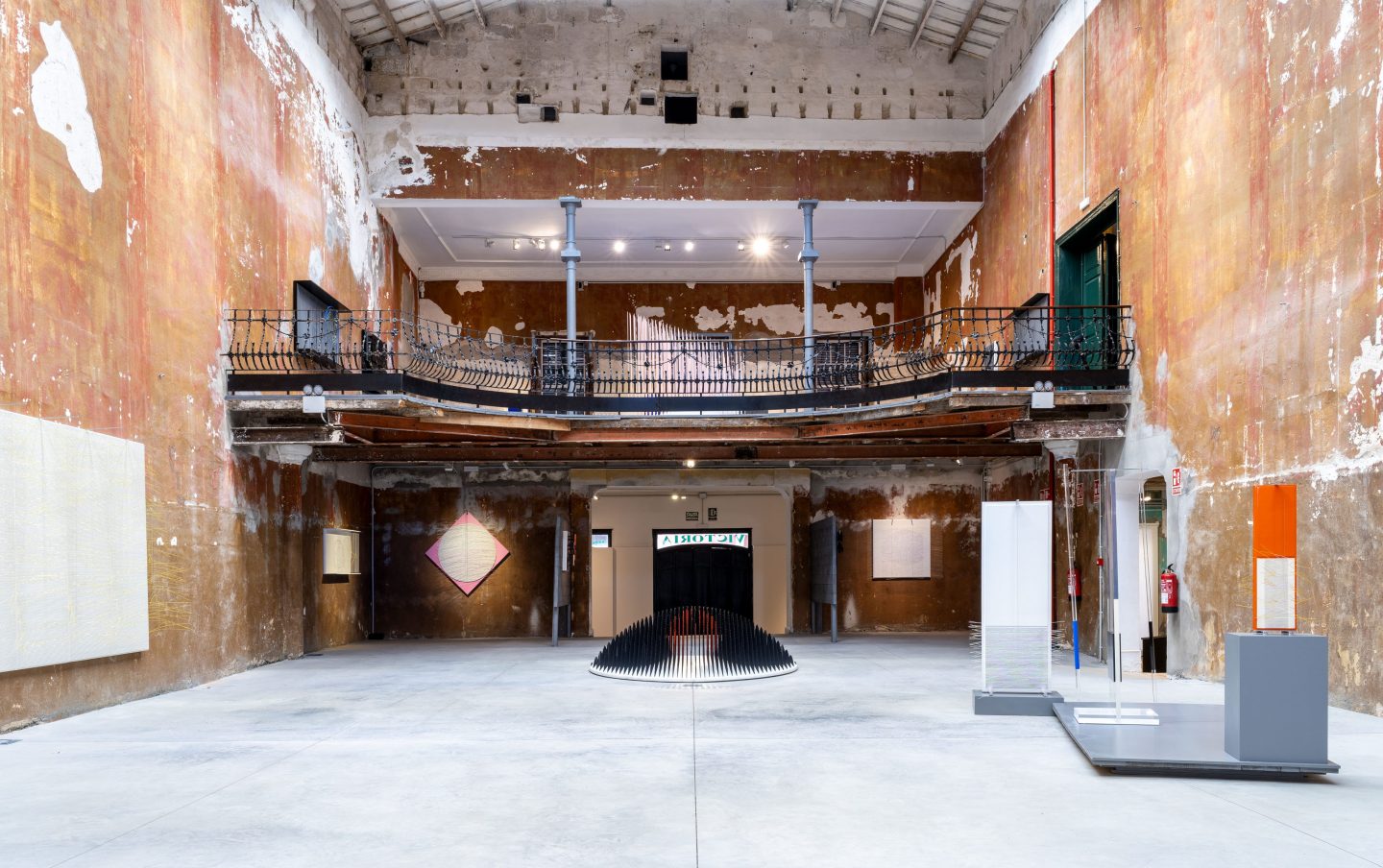
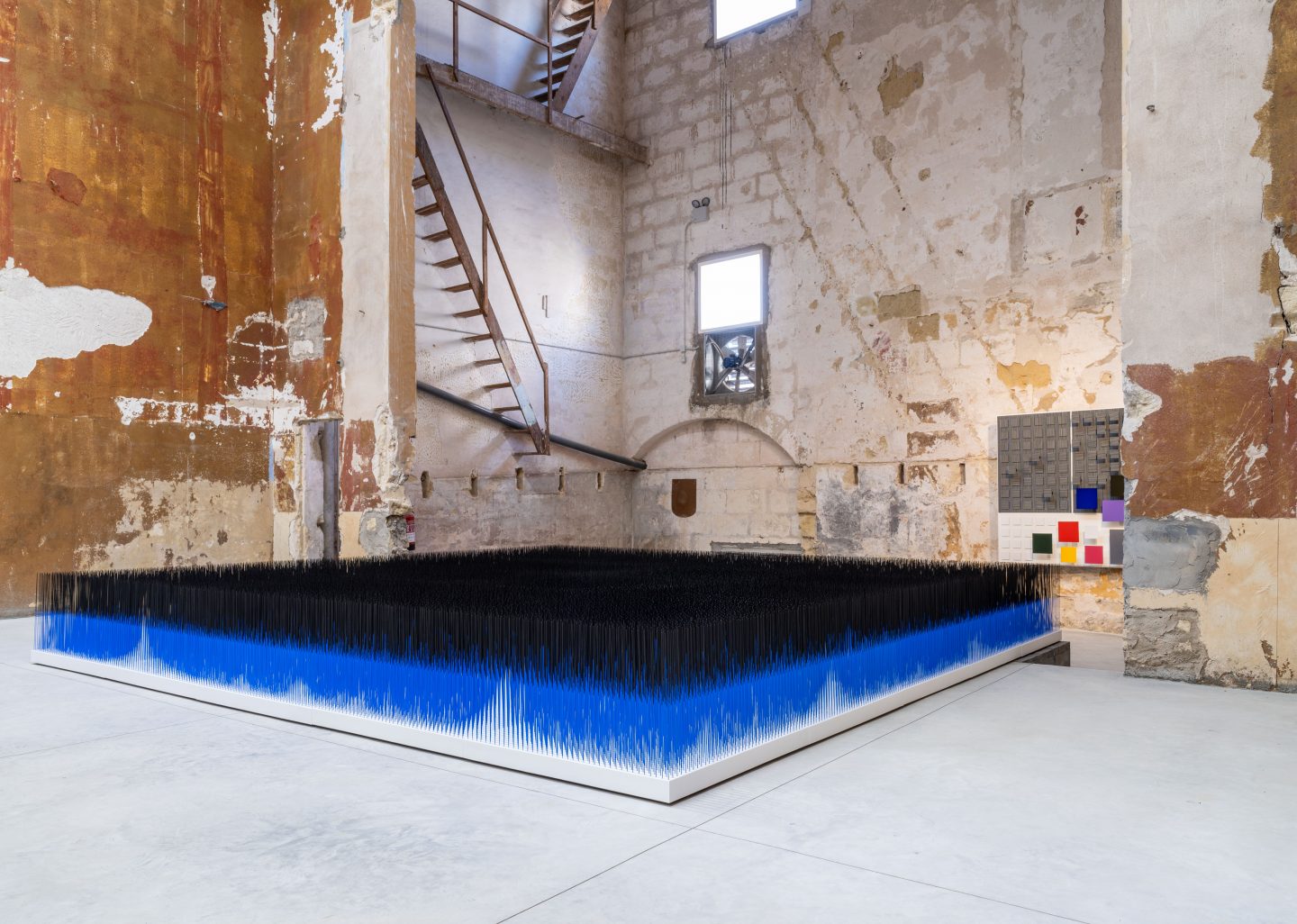
However, Soto gradually radicalized and systematized the use of this mesh as a support; he overlapped various elements (suspended and movable metal rods, or metal squares previously painted with excellent precision) that appear and disappear, creating an optical game in a clearly illusory, virtual movement, never real, revealing an “interstitial” space: the back-and-forth of the invisible and the visible, of the material and the immaterial.
This is when he begins to see far beyond the plastic surface, incorporating the viewer in an even more decisive way into his artwork, giving them an active and essential role in the new focal point of his work: without the viewer, the artwork does not exist. The viewer becomes an intrinsic and material part of the piece.

"Previously, the viewer was just an external witness to reality. Today, we know that we are not on one side and the world on the other. We are not mere observers, but constitutive parts of a reality that we know is teeming with living forces, many of which are invisible. We are in the world like fish in water: without distance from matter-energy; INSIDE it and not IN FRONT of it: there are no more spectators, only participants."
Soto en Jean Clay: «Les Pénétrables de Soto», París, 1968.
Thus, the exhibition is completed with one of the unique Penetrables, pieces activated by the movement of the visitor, creating a kinetic illusion, which reveals his concern for reducing matter to its essence: energy.
Jesús Soto, 17/03/2024. URL: https://jesus-soto.com/
